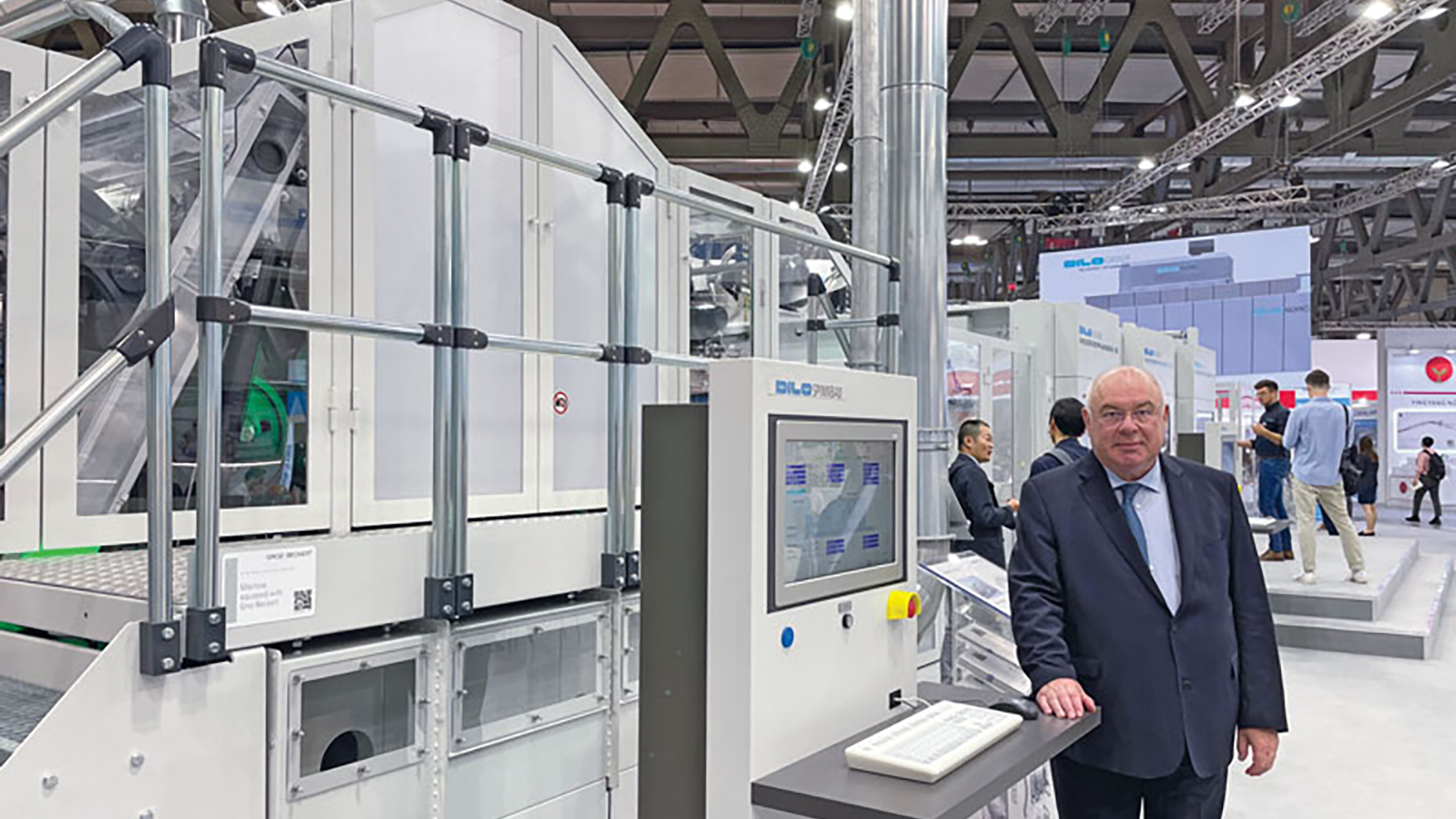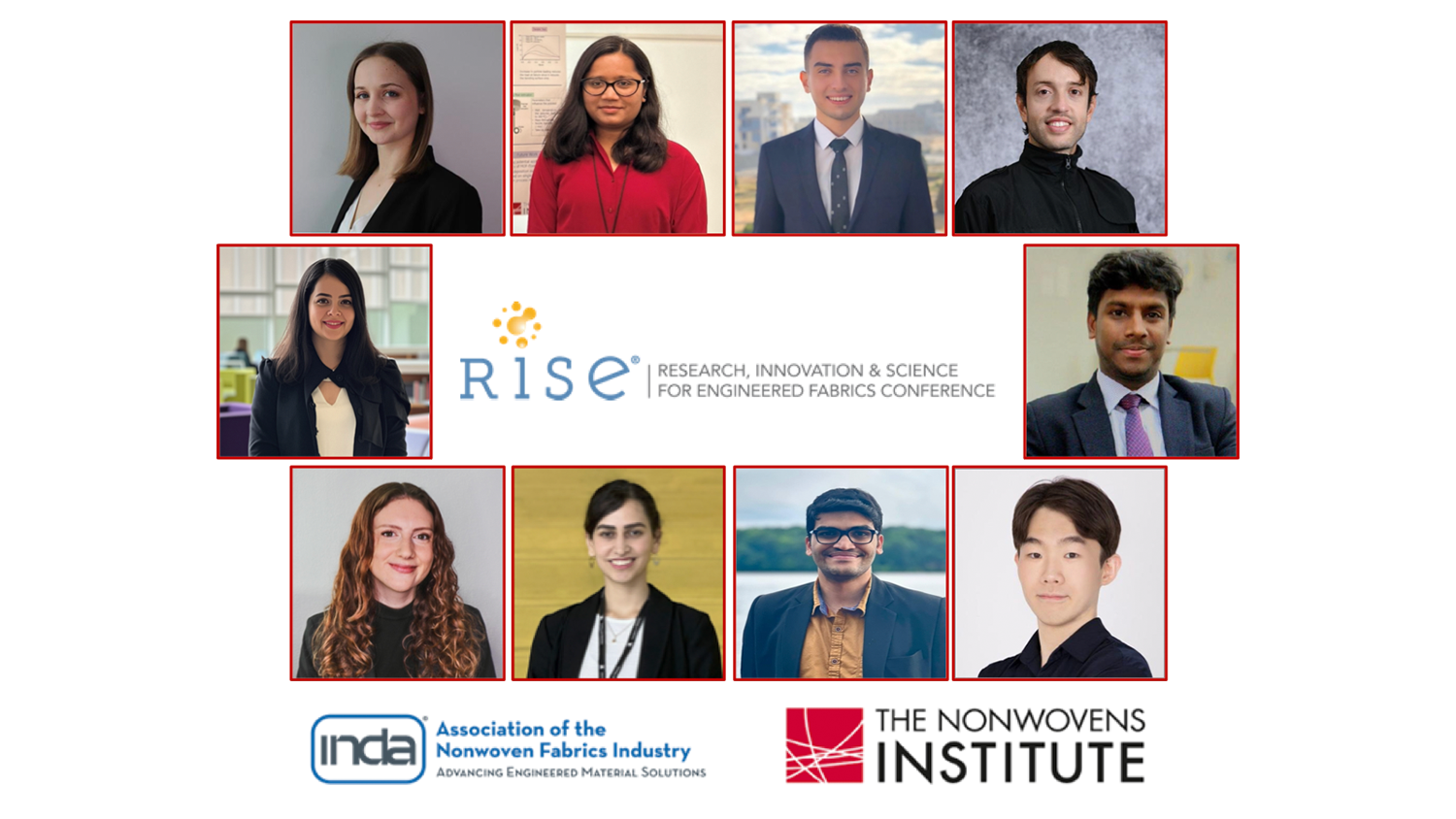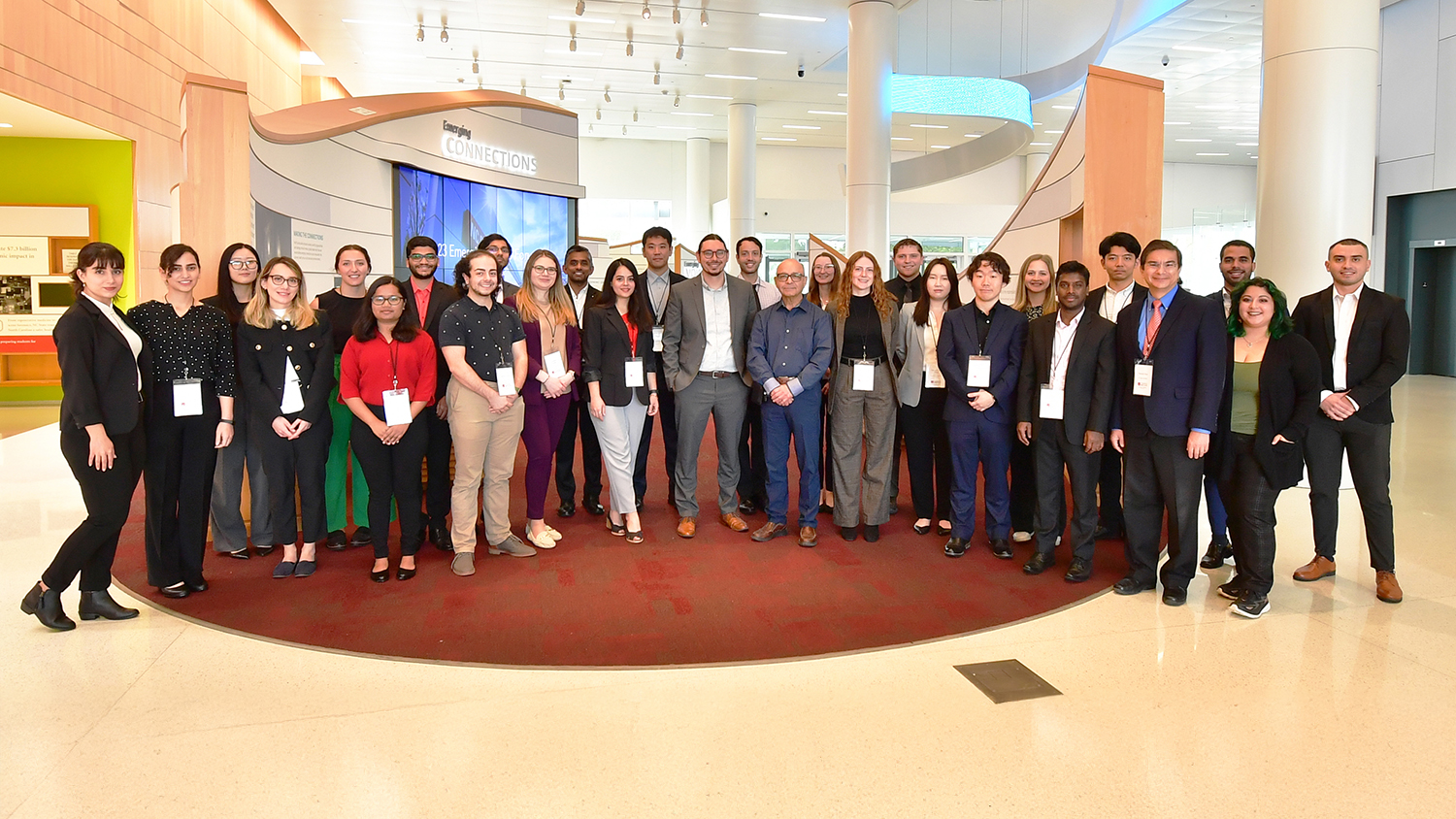Emerging Trends and Applications In Nonwovens

In the January/February edition of Textile World magazine, Behnam Pourdeyhimi, Ph.D., Executive Director of The Nonwovens Institute (NWI), highlighted some thought-provoking trends and emerging applications in nonwovens. A few interesting points from Dr. Pourdeyhimi’s article include:
- While spunmelt nonwovens – spunbond and meltblown technologies and their composites – dominate in North American and European markets, staple fiber process technologies remain dominant in the rest of the world. Note, however, the spunmelt technologies are significant in Asia Pacific as well, and Europe, North America and Asia Pacific are responsible for more than 75 percent of the world’s nonwovens production.
- Automation is a key differentiator when comparing nonwovens to traditional textiles. To compete in a global economy and offer competitive products requires that the labor component of the total cost be very low. Therefore, high-speed, large-volume and full automation is required in nonwovens production. The nonwoven industry has grown to present a broad array of engineered fiber and polymer-based products that are driven by high-speed, low-cost, innovative, value-added, fully automated processes. This has led to a separation from the more traditional textiles industry, which has been primarily focused on apparel and customization.
- Recent advances in high-speed and high-volume carding production lines will allow this technology to continue to dominate in higher basis weight applications, while advances in crosslapping technology and higher-weight nonwovens through chute-feed systems will encourage the use of such technologies for heavier-weight products.
- Meanwhile, nonwovens machinery manufacturers are introducing some impressive new technology to the market, including (just to name a few): advances in needlepunching to support lighter-weight webs; new energy efficient through-air drying systems to support the sustainability goals of hydroentangled nonwoven producers – especially those using cotton, viscose or pulp fibers as raw materials; and the re-emergence of vertical lapping technology, which could serve some interesting niche applications in nonwovens.
Read Dr. Pourdeyhimi’s full article in Textile World at https://bit.ly/4bGw84L.
Behnam Pourdeyhimi, Ph.D., is the Executive Director of The Nonwovens Institute (NWI) at North Carolina State University, a consortium of stakeholders spanning the breadth of the nonwovens value chain from raw materials to end-use products. Dr. Pourdeyhimi also serves as the associate dean for Industry Research and Extension at the NC State Wilson College of Textiles and is a distinguished professor of textile materials and an adjunct professor in Biomedical Engineering, also at NC State.
- Categories:


